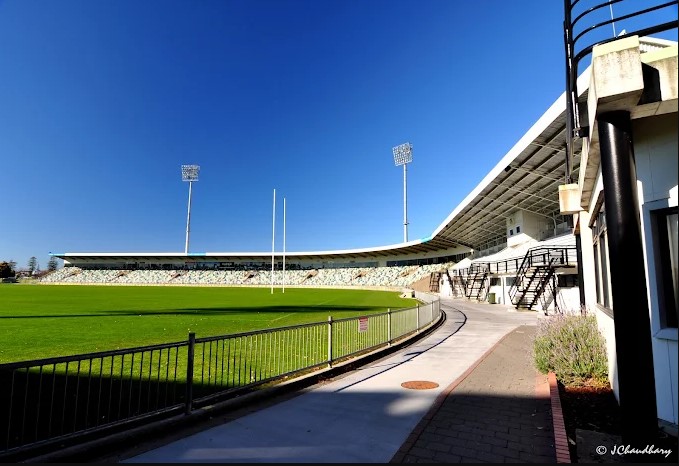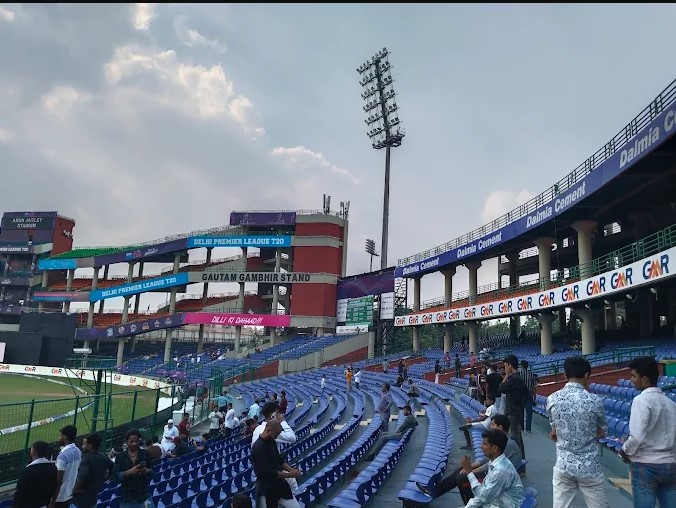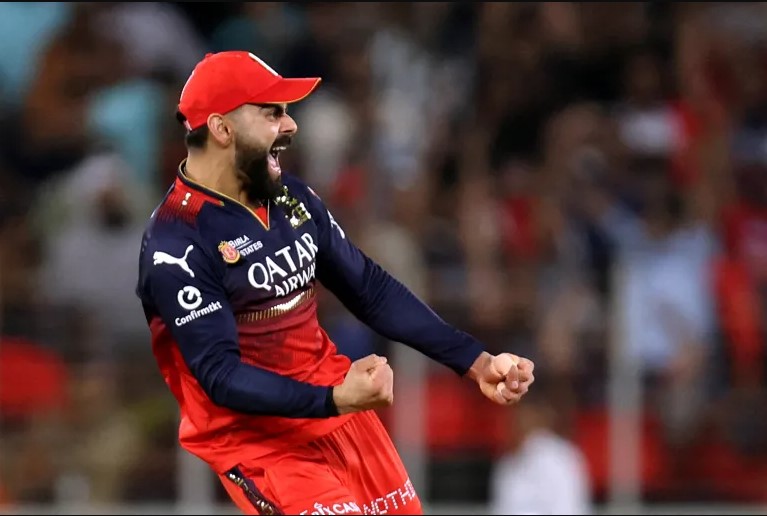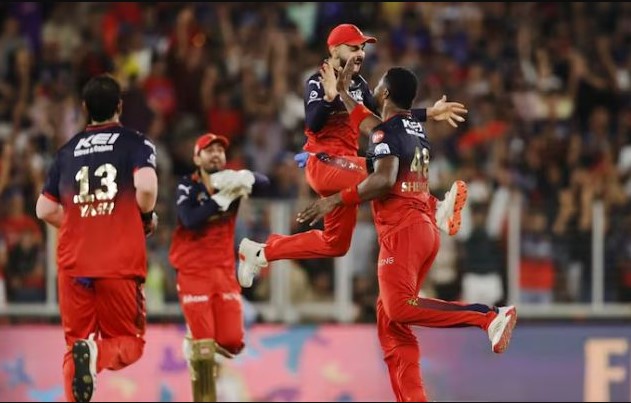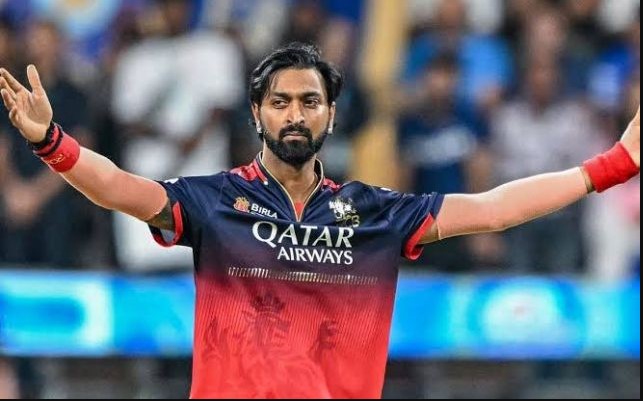McLean Park Napier Cricket Ground: Boundary Length Details
Nestled in the coastal city of Napier on New Zealand’s North Island, McLean Park is one of the most picturesque and historic cricket venues in the country. While it is renowned for its sunny weather and fast outfields, one often overlooked yet strategically significant aspect of the ground is its boundary dimensions.
Table of Contents
Understanding boundary lengths is crucial for both teams and fans. It affects batting strategies, field placements, and bowling tactics. This article provides a comprehensive analysis of the boundary details of McLean Park, along with how they influence gameplay.
Overview of McLean Park
| Feature | Detail |
|---|---|
| Location | Napier, Hawke’s Bay, New Zealand |
| Established | 1911 |
| Capacity | Approx. 19,700 |
| First International Match | 1979 (ODI) |
| Pitch Type | Drop-in, generally flat |
| Notable Use | ODI & T20Is, occasional Tests |
Ground Structure and Layout
McLean Park is primarily a multi-purpose stadium, used for both rugby and cricket. This dual use has influenced its shape. Unlike some oval grounds in New Zealand like the Basin Reserve, McLean Park is more rectangular, especially in its rugby configuration. However, for cricket, the playing area is extended with temporary modifications.
Boundary Lengths at McLean Park
The ground’s boundary sizes are generally shorter than average, especially square of the wicket, making it a high-scoring venue. However, dimensions can vary slightly based on pitch position and boundary rope placements for each match.
Approximate Boundary Dimensions (in meters)
| Direction | Minimum Length | Maximum Length |
|---|---|---|
| Straight (Long Off/On) | 65 m | 72 m |
| Square (Off/Leg Side) | 58 m | 65 m |
| Behind Square (Fine Leg/Third Man) | 55 m | 63 m |
| Cover/Extra Cover | 60 m | 68 m |
| Mid-Wicket | 60 m | 67 m |
Why Boundary Lengths Matter
1. Batting-Friendly Venue
Short square boundaries make McLean Park a haven for attacking batters, particularly in white-ball cricket. Power hitters often target these areas to clear the fence with ease.
2. Bowler Challenges
Pace bowlers can struggle if they miss their lengths. Spinners might fare better by bowling wide of the crease or angling across the batsman to minimize the hitting zone toward the short sides.
3. Field Placement
Captains need to be tactical about boundary protection. For example, in T20 matches, captains often deploy deep square and fine leg fielders early in the innings due to the shorter distances.
Boundary Influence in Matches
Some famous high-scoring ODIs and T20s have taken place at McLean Park due in part to its boundary structure.
High-Scoring Matches at McLean Park
| Match | Total Score | Key Performers |
|---|---|---|
| NZ vs Ind (2014, ODI) | NZ 292/7, Ind 268 | Ross Taylor 123 |
| NZ vs Eng (2018, ODI) | Eng 335/9 | Bairstow 138, Hales 61 |
| NZ vs SL (2019, ODI) | NZ 371/7 | Martin Guptill 138 |
In each of these matches, more than 20 boundaries were scored, underscoring the ease of clearing the ropes.
Pitch Position & Temporary Adjustments
McLean Park typically uses center and slightly off-center pitches. Depending on the pitch location:
- Square boundaries can shrink or expand by 3–5 meters.
- Straight boundaries can sometimes be brought in slightly, especially during T20 matches to create more excitement.
This flexibility gives ground staff and match officials a tool to balance contests or adjust for windy conditions.
Wind Factor and Ground Orientation
Napier is known for breezy coastal weather. The wind usually blows across the pitch rather than along it, favoring batsmen when hitting with the breeze, especially toward the Harris Stand side.
Tactical Implications
For Batsmen:
- Exploit short square boundaries with horizontal bat shots (cut, pull, sweep).
- Time aerial shots over midwicket or cover when wind is in favor.
For Bowlers:
- Use wider angles and yorkers to limit free swings.
- Vary pace and lengths to avoid predictable deliveries into short boundaries.
For Captains:
- Protect shorter boundaries with sweeper fielders.
- Rotate bowlers based on wind direction and boundary placements.
While it may not have the mystique of Eden Gardens or the raw bounce of the WACA, McLean Park holds its own through strategic quirks like short boundaries and wind patterns. These factors combine to make it one of the most entertaining grounds for limited-overs cricket. Understanding its dimensions is key—not just for players but for fans trying to appreciate the deeper layers of the game.
